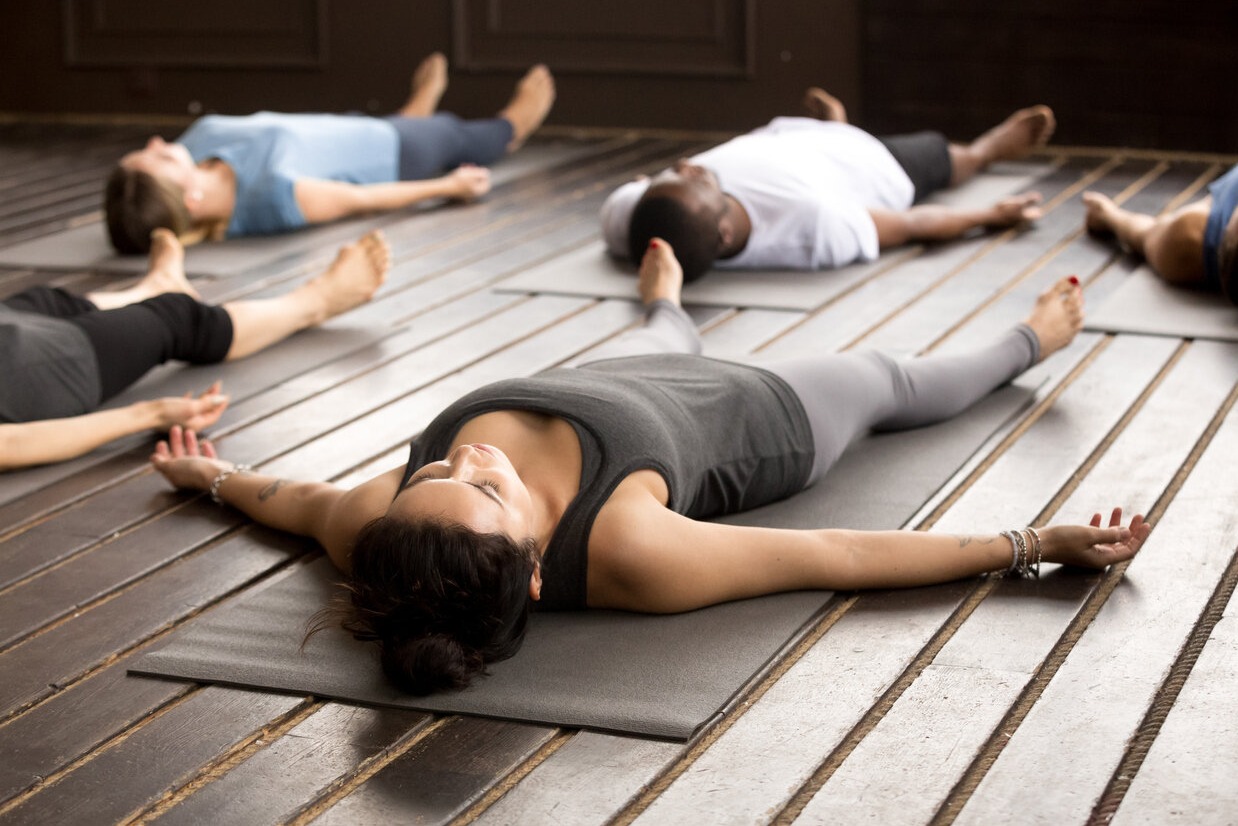Do you struggle with meditation? Does your mind race too fast to focus and relax? If this is you, you’re not alone.
Many people go on about how magical meditation is for your mind and soul. And well, it is! But only if you can do it properly.
Thats where 9D breathwork comes in. At Seasons Bali, they’ve been using this technique with people struggling with mental health issues and addiction and honestly, the results speak for themselves.
We’re talking about a practice that can help you access parts of yourself that talk therapy sometimes cant reach, process stuck emotions and create real lasting change in how you feel and function day to day.
So what exactly is 9D breathwork anyway?
9D breathwork isn’t just a breathing workshop with different breathing techniques. It is more complex than that. It combines conscious breathing with eight other elements to create what they call a multidimensional experience.
These elements include sound healing, guided imagery, somatic experiencing, binaural beats, subliminal hypnotherapy, solfeggio frequencies, 432Hz harmonic tuning, and neuro-linguistic programming.
It may sound a little overwhelming, but there is genuine research and science behind it. The breathing part forms the foundation so you’re doing specific patterns that help regulate your nervous system.
But it works deeper than that. You’ve got all these other layers working simultaneously to create a deeper healing experience.
The binaural beats use different frequencies played in each ear to influence your brainwave patterns. Solfeggio frequencies are specific sound tones that research suggests can promote emotional release and healing.
The guided imagery helps you access subconscious material, while the somatic experiencing component works with trauma thats stored in your body.
Why this matters for mental health
The thing about these major struggles that many people face is that it normally not just in your head. These conditions, like depression and anxiety and PTSD, they affect your whole body. And your entire nervous system and often stem from experiences and traumas that get stored in your body as much as your mind.
Talk therapy is brilliant for understanding patterns and developing coping strategies, but sometimes you need something that works on a deeper somatic level.
9D breathwork can help because it bypasses your thinking mind and goes straight to your autonomic nervous system.
It’s also great for people who struggle with meditation or mindfulness practices because their minds are too active. The multidimensional approach gives your brain enough to focus on that racing thoughts tend to settle naturally.
During a session some feelings you haven’t felt for a very long time may arise. Old trauma you haven’t processed or grief you haven’t come to terms with. Allow them to come to the surface so you can work through them.
People often describe feeling like they’ve had months of therapy compressed into a single session.
What actually happens in a session
If youre thinking about doing as session you probably want to know what you’re getting yourself into. Usually there is a short introduction, they will explain the process and breathing techniques.
Then you lie down comfortably, put on headphones and close your eyes. The guide will talk you through your steps but basically it’s a continuous breathing pattern.
As the session progresses, you’ll hear the various sound elements through your headphones, binaural beats, frequencies, sometimes guided visualisations or affirmations.
Many people feel sensations throughout the workshop and releases of tension. Others experience emotions sometimes sadness, anger, joy or relief.
Some people just feel really relaxed like they’ve just had a full body massage. Theres no right and wrong.
The intensity can vary hugely between sessions and between people. I’ve heard participants describe it as anything from deeply meditative to profoundly cathartic.
Preparing for your first session
If you decide to try 9D breathwork, theres some practical preparation that helps. Avoid heavy meals for at least 4 hours beforehand – think of it like preparing for exercise.
Your body needs energy for the breathing work, not digesting food. Light snacks are fine if you need them.
Wear loose, comfortable clothing that wont restrict your breathing. You’ll be lying down the entire time, but you want to be able to breathe freely without anything tight around your chest or abdomen.
Clear your schedule for a few hours after the session if possible. Many people need integration time to process whatever came up during the experience. Dont plan to jump straight back into demanding work or social situations. Give yourself space to just be with whatever you experienced.
Its also worth setting realistic expectations. While some people have profound experiences in there first session, others need several sessions before they start noticing significant shifts. Be patient with the process and with yourself.
Integration and ongoing support
The time after the session can be just as important as the session itself. This is a chance to talk about everything you experienced in the session. Its important to have someone to speak to.
Having support during this process is really valuable. Whether thats a therapist, counsellor, support group or even with a trusted circle of friends who understand what you’re doing.
When you are able to manage how you react to triggers and stressful situation, you regain power over your thoughts and your actions.
This can really help with recovery because previously you may have reached for substances but with working through these breathwork workshops you can learn how to manage your emotions and rewire your brain to reach for healthier ways to release.
You might notice changes in how you sleep, your appetite, your emotional responses or your energy levels after sessions. Usually these settle within a few days but its good to be aware that processing can continue well after the session ends and into your daily life.
Take these changes as positive signs that you are moving into your new self.

